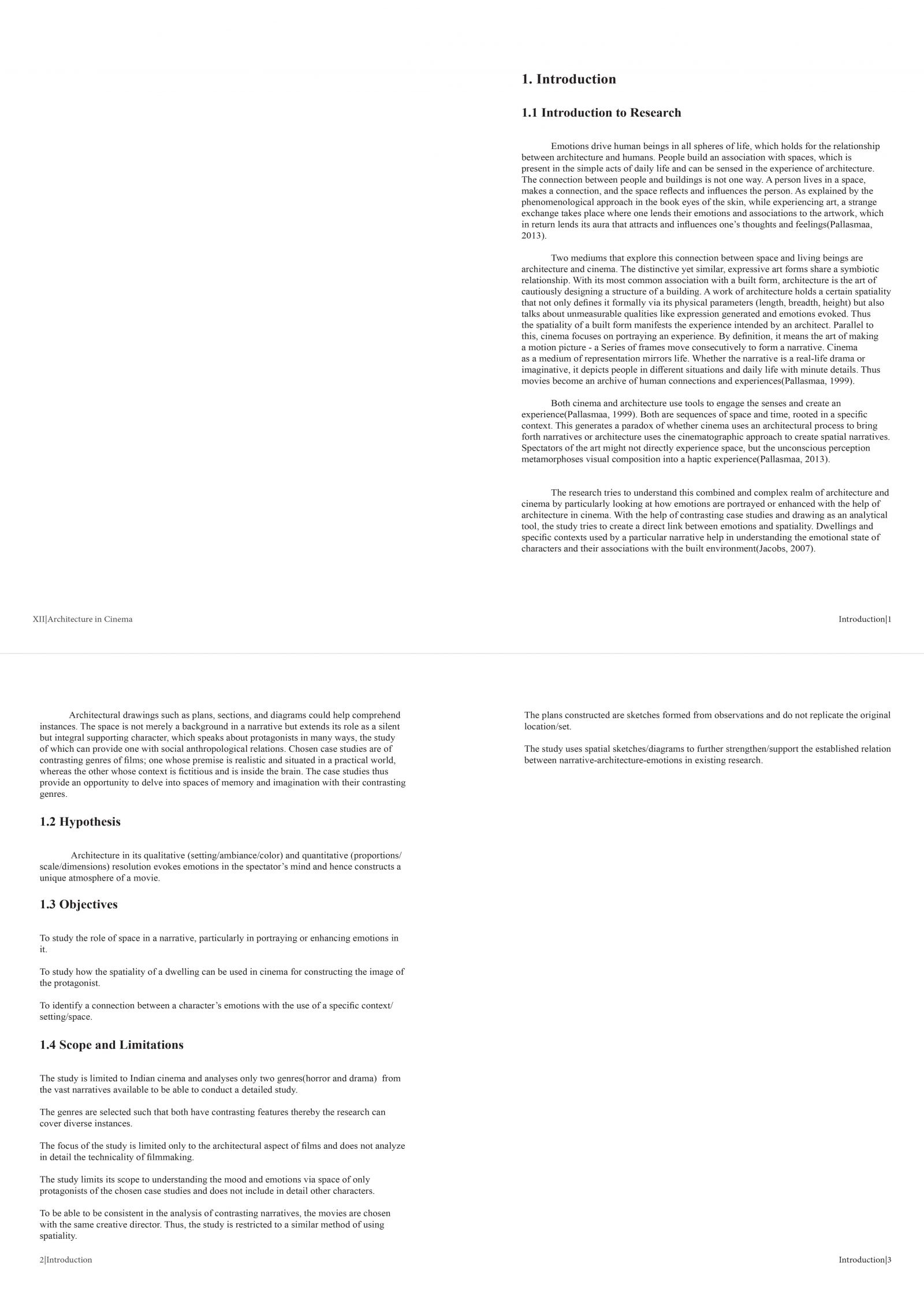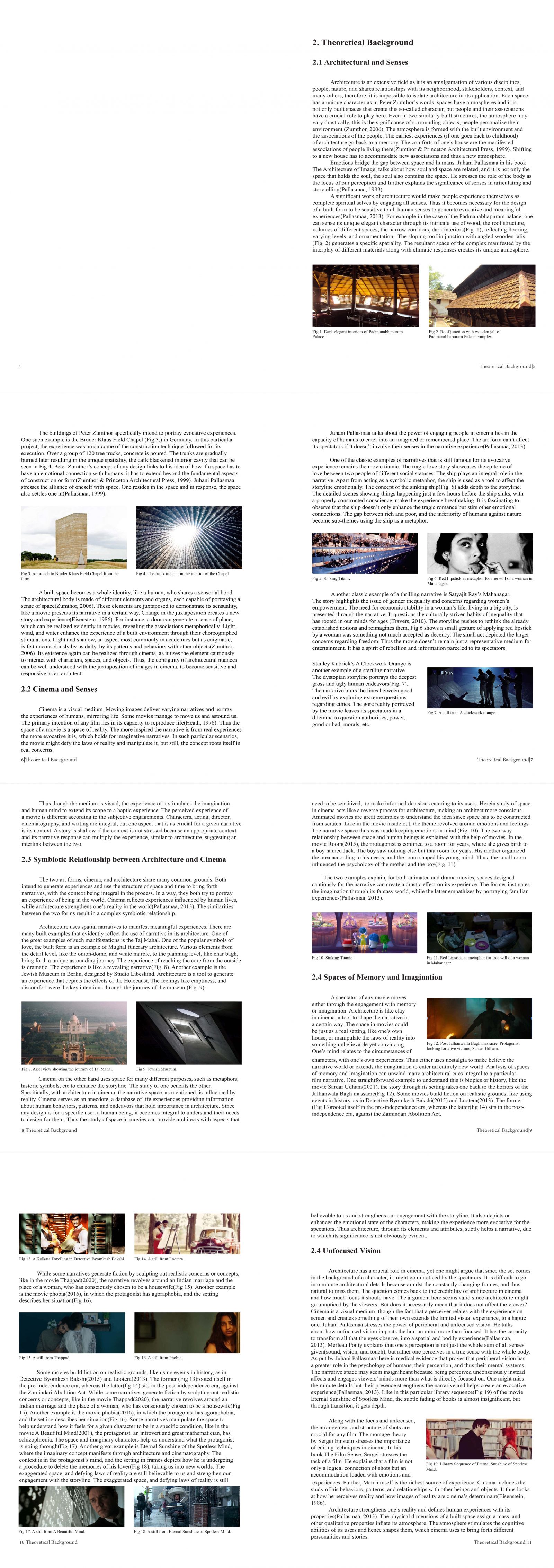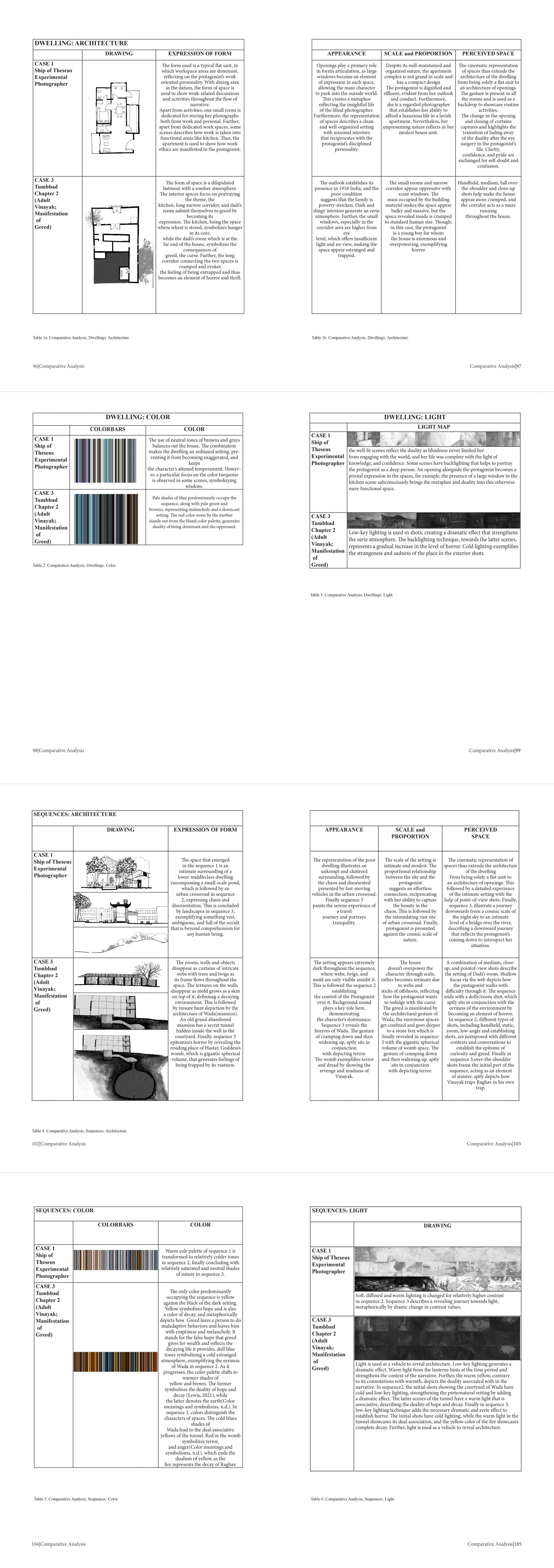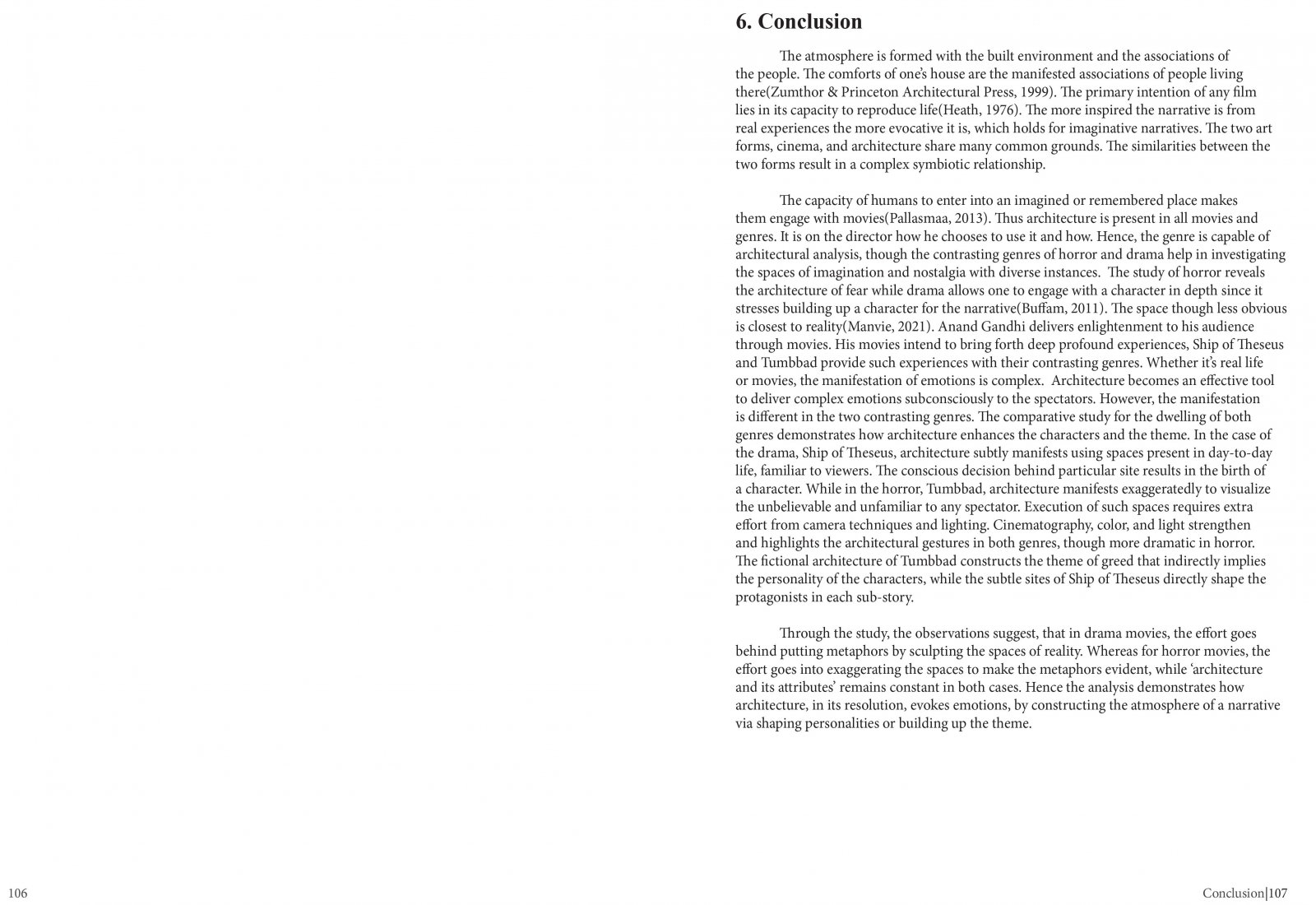Your browser is out-of-date!
For a richer surfing experience on our website, please update your browser. Update my browser now!
For a richer surfing experience on our website, please update your browser. Update my browser now!
Humans hold associations with spaces, and spaces reflect. In the little things of daily life, spaces embed associations within them, and one can sense these while experiencing them. The comforting feeling of a home is due to an evolved association of a person with its built environment. In a way, an architect designs experiences. Since buildings are for people, understanding these relationships becomes integral for an architect to be sensitive enough to make informed decisions. Cinema as a medium of representation mirrors life. Whether the narrative is a real-life drama or imaginative, it depicts people in different situations through their screenplay. It portrays daily life with minute details, thereby becoming an archive of human connections and experiences(Pallasmaa, 1999). The research investigates the relationship between space and emotions by using cinema as a tool. The qualitative research attempts to simplify the mentioned connection by closely looking at how architecture in films can be used to influence or enhance emotions. The movies studied are Tumbbad(2018) and Ship of Theseus(2012). These movies are a rich source of emotional narratives, and their contrasting nature provides an opportunity to cover diverse instances. Further, the study includes the use of drawing in the analytical part, as it helps to comprehend and communicate efficiently. Architecture is studied through the protagonist’s perspective for each case study. The emotional state of the protagonist is deciphered, by observing space in the selected scenes. Why is a particular site used for a given sequence? How does it enhance the narrative? Is there a conscious intention behind using a site in relational with particularly evoking emotions? How does architecture, in its resolutions, generate an experience? The investigation is an attempt to find answers to these questions.
View Additional Work





